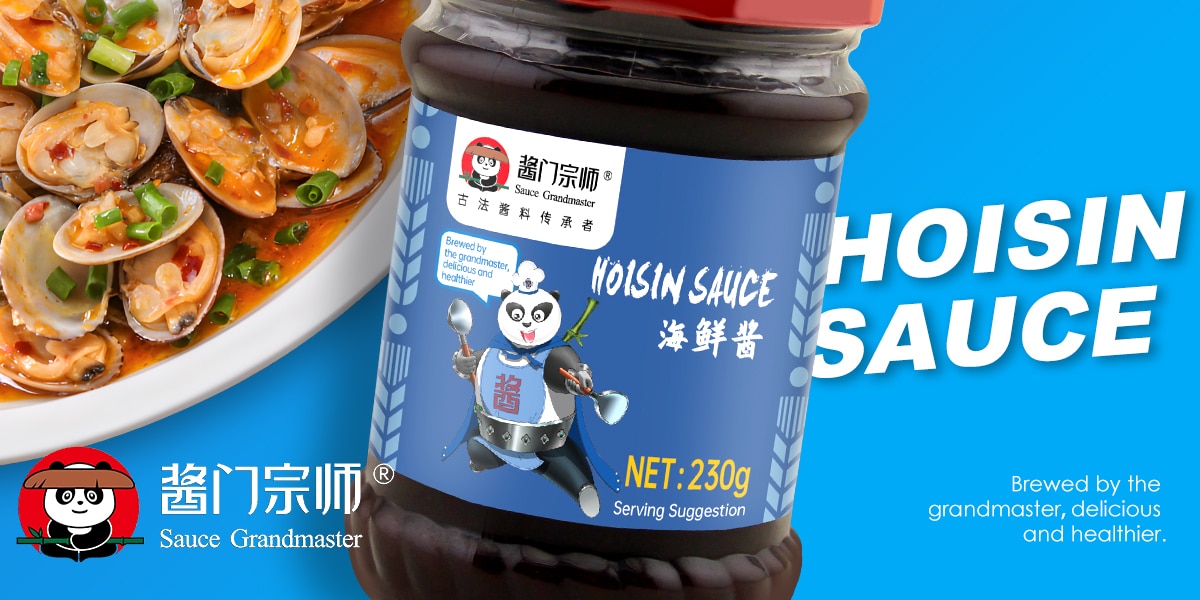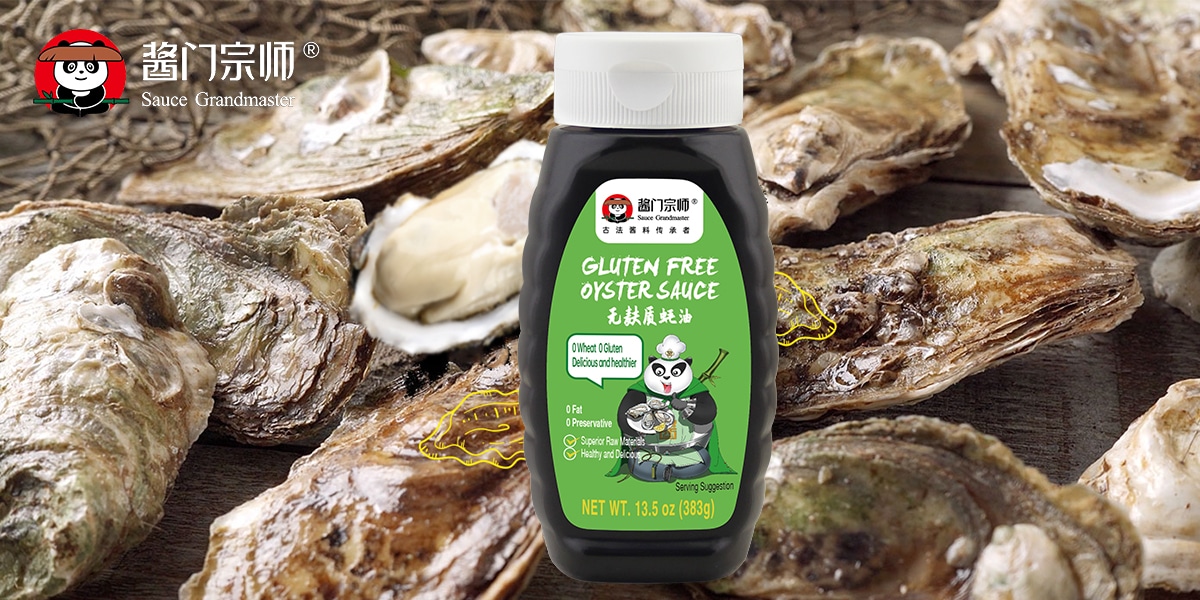Distinguishing Hoisin Sauce from Oyster Sauce: A Comparative Analysis

Hoisin sauce and 蚝油, both esteemed staples in the realm of Chinese gastronomy, may present a similar lustrous facade, yet they diverge significantly in their flavor profiles. This discourse aims to elucidate the primary distinctions between these two quintessential Chinese condiments.
Despite their shared popularity in the sphere of Asian culinary arts, and their mutual possession of a viscous texture and a deep, earthy hue, hoisin sauce and oyster sauce diverge dramatically in their gustatory characteristics.
Oyster sauce owes its unique flavor to the essence of oysters, while hoisin sauce’s primary component is fermented soybean paste.
Hoisin sauce offers a sweet palate complemented by the aromatic warmth of toasted spices, whereas oyster sauce delivers a saline taste, reminiscent of the briny depths of the ocean. Hoisin is a robust, aromatic sauce of a dark brown color with a subtle reddish undertone, a staple in both Chinese and Vietnamese cuisines.

Here are some additional contrasts between these two sauces:
Flavor Profile: Hoisin sauce leans towards the sweeter side with a hint of saltiness, while oyster sauce offers a more pronounced saline taste with a touch of sweetness.
Visual Characteristics: Hoisin sauce boasts a rich, reddish-brown hue, while oyster sauce is a simple brown.
Texture: Hoisin sauce is characterized by its thick consistency, whereas oyster sauce is more fluid.
Aroma: Hoisin sauce exudes a fruity aroma, while oyster sauce has a more potent scent.
Shelf Life: When consistently refrigerated, hoisin sauce can be preserved for up to two years. Oyster sauce, under refrigerated conditions, can last up to three years.
Culinary Applications: Hoisin sauce serves both as a key ingredient and a dipping sauce, while oyster sauce is frequently employed in stir-fries and as a glaze for Peking duck.
The Vegetarian and Vegan Status of Oyster Sauce
Oyster sauce, given its derivation from oysters boiled with other ingredients, does not qualify as vegetarian or vegan. However, certain brands offer a vegetarian variant, typically substituting mushroom extract for oysters. Nonetheless, it is the oysters that impart the distinctive flavor and aroma that render it a cherished element of Chinese cuisine.

The Vegetarian and Vegan Status of Hoisin Sauce
Indeed, hoisin sauce is vegan-friendly. Its primary ingredient, fermented soybean paste, contains no animal derivatives.
Navigating the myriad sauces, condiments, and other ingredients integral to Chinese cuisine can be a daunting task. With an ever-expanding array of Chinese sauces, wines, vinegars, and oils, we aim to demystify both essential ingredients and more obscure items you may encounter at the Asian market. Please do not hesitate to reach out to us for assistance in procuring the most suitable sauces.
Sauce Grandmaster Unique Skills
If you are looking for where to buy cost-effective sauce, Desly Foods offers its services. The online store offers soy sauces from the world’s leading manufacturers. High-quality goods, prompt delivery, and the ability to buy wholesale soy sauce for catering establishments, cafes, home use, and restaurants.
In this scholarly discourse, we delve into the intricacies of Hoisin and Oyster sauces, two quintessential condiments that grace the culinary landscape of Asian gastronomy. Despite their superficial resemblance, they exhibit a profound divergence in their gustatory profiles. This exposition elucidates the salient distinctions between these two sauces, encompassing aspects such as their constituent elements, flavor profiles, visual characteristics, tactile properties, olfactory notes, and longevity of preservation, among other facets.
Furthermore, the discourse addresses queries pertaining to the suitability of Oyster and Hoisin sauces for individuals adhering to vegetarian and vegan dietary practices. Concluding the article, we broaden our scope to encompass additional quintessential condiments integral to Chinese cuisine, namely soy sauce, vinegar, and various culinary oils.
If you have any further inquiries or would like to get in touch with us after pursuing this article, please feel free to reach out. We value your interest and look forward to connecting with you.
联系我们

Dan
Like food, like to enjoy life
